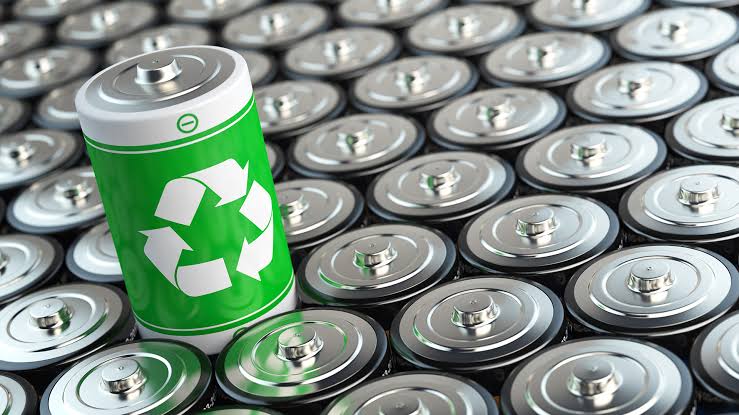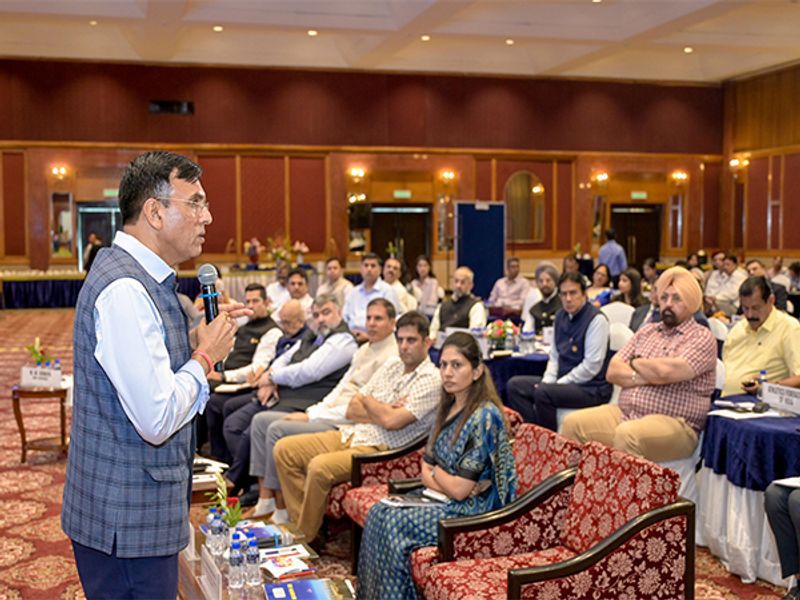 Image Source: Innovation News Network
Image Source: Innovation News Network
India’s battery waste dilemma is entering a pivotal phase as the government enforces a ban on exporting black mass—the mineral-rich residue from lithium-ion battery recycling. This strategic move aims to retain critical materials like lithium, cobalt, and nickel within domestic borders, but it also exposes the country’s underdeveloped recycling infrastructure.
Key Highlights from the Policy Shift
- Black mass is now classified as hazardous waste, restricting its export and aligning India with global trends in mineral self-reliance.
- The ban responds to OECD restrictions and mirrors EU efforts to retain strategic raw materials locally.
- While the move boosts domestic resource security, it raises concerns about India’s readiness to process black mass efficiently.
Challenges in the Recycling Ecosystem
- Nearly 90% of battery waste is handled by the informal sector, often using unsafe methods like acid leaching.
- Formal recyclers face high capital costs, limited policy support, and technological gaps between advanced and rudimentary facilities.
- Misidentification of black mass producers as recyclers hampers material recovery and regulatory enforcement.
Pathways to Transformation
- Government support through Extended Producer Responsibility (EPR) and Production-Linked Incentive (PLI) schemes is crucial.
- Formalising the informal workforce via training and certification could improve collection and safety.
- Investment in hydrometallurgy and AI-based sorting can enhance recovery rates and product quality.
India’s battery waste, if managed strategically, could evolve from an environmental liability into a cornerstone of its clean energy transition.
Sources: Financial Express, Economic Times Auto, IBEF, WRI India, MSN News, Transport Week India
Advertisement
Advertisement





